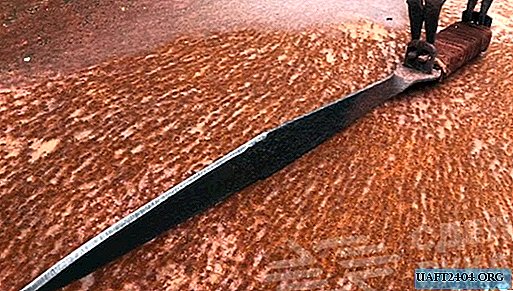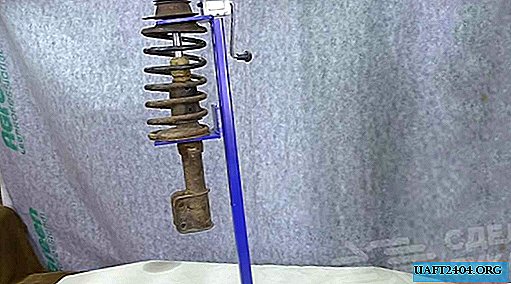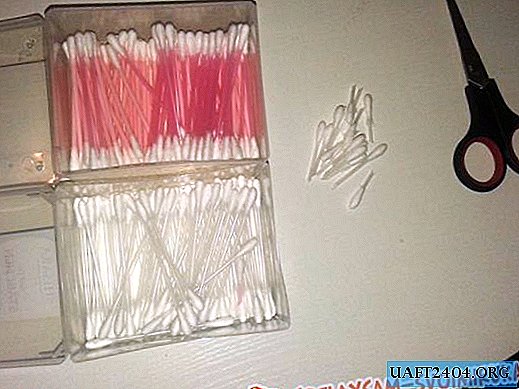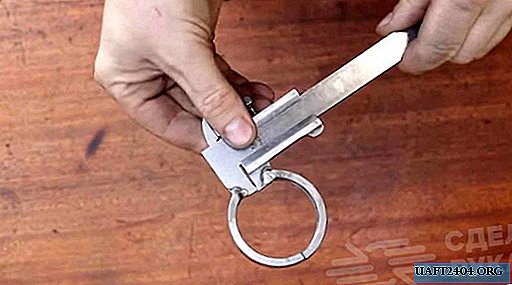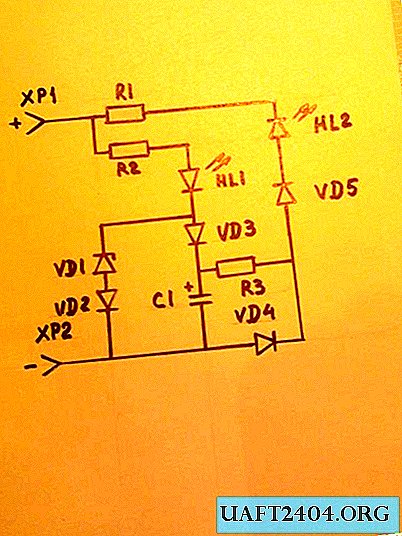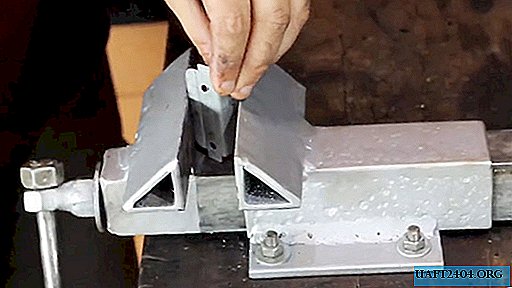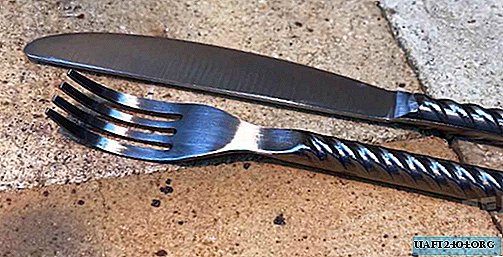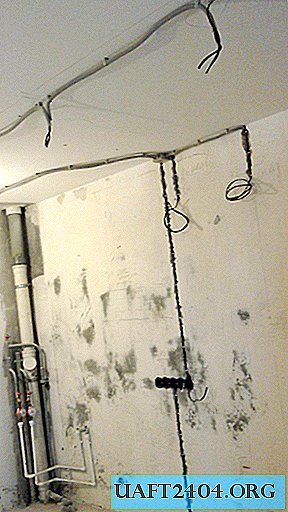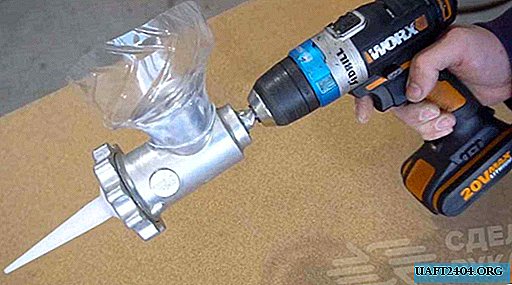Share
Pin
Tweet
Send
Share
Send
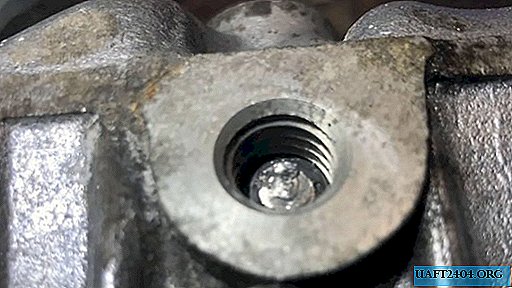
When a bolt or stud breaks off and remains deep in the hole, the position seems hopeless. This happens if:
- apply excessive force to the key;
- the hardware turned out to be defective (for example, the presence of an internal microcrack);
- the tightening was greater than the permissible value;
- during operation, souring (oxidation) of the threaded connection occurred.
The situation is further aggravated by the fact that the part can be large and expensive (in our case, an aluminum alloy sump), and the unit where the piece of hardware is stuck is responsible and there is nothing to replace it with.
This case is complicated if a broken bolt or stud remains in the hole of a part made of aluminum or magnesium alloy, which is much softer than steel hardware. Therefore, remove the chip very carefully and carefully so as not to damage the threads in the hole of the part.
Preliminary Actions
In order to increase the likelihood of successfully extracting broken hardware from threaded holes, the following operations will not be superfluous:
- knock on the debris using a special spring-loaded center punch or ordinary, easily hitting it several times with a hammer. This will weaken the landing of a broken hardware;

- warm the part in the area of the hole with the debris using a gas burner to partially relieve internal stresses, but do not overdo it so as not to melt the aluminum;
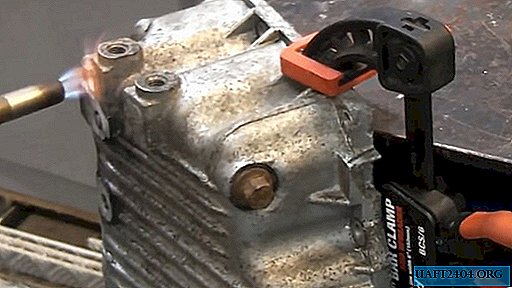
- inject or penetrate into the hole a little penetrating lubricating fluid such as W-40, including to dissolve contaminants and remove rust.
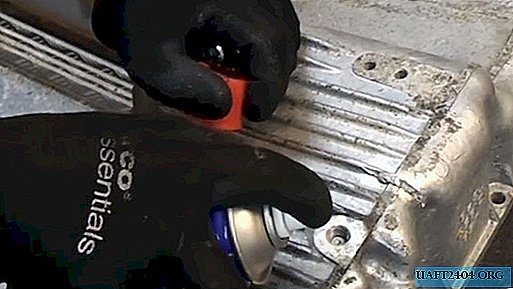
Such measures in combination will greatly facilitate the procedure for extracting from the hole the remains of a bolt or stud.
Chip extraction process

The greatest difficulty is the extraction of a piece of hardware with a non-planar fracture surface. When attempting to drill, the drill bit may slip and damage the threads in the hole.
To extract such a debris, we inject a penetrating lubricating fluid into the hole, select a guide sleeve that is suitable for the thread.


We screw it into the hole until it stops in a bolt or stud and tighten with a lock nut. Using a drill and a solid grease drill at the end, drill a small recess under the extractor into the wreckage.


Turning the conductor, we make sure that the drilling is exactly in the center, and its depth is sufficient.

If this is not so, you can continue drilling without fear of damaging the threads in the hole, since we already have a guide recess. Drilling should not be through, so as not to damage the aluminum part.

Next, we take a screw extractor suitable for the diameter and drive it into the hole.


Then, holding the tool with your finger, carefully turn it out, making sure that the extractor fits tightly in the debris.

We screw a bolt into the hole and make sure that the thread in it is intact. You can lubricate the threads with copper grease or something similar so that the next time the bolt or stud does not get caught in the hole thread.

Tips and comments
Since the work on removing broken bolts and studs involves drilling, heating, using percussion instruments and aggressive fluids, it is necessary to use personal protective equipment: clothing with long sleeves, gloves, glasses, and possibly even a respirator.
If you did not have a drill with left rotation, then nothing bad will happen. You can use a standard drill of the right rotation, but supplement it with an extractor, which can also be left or right.
Share
Pin
Tweet
Send
Share
Send




